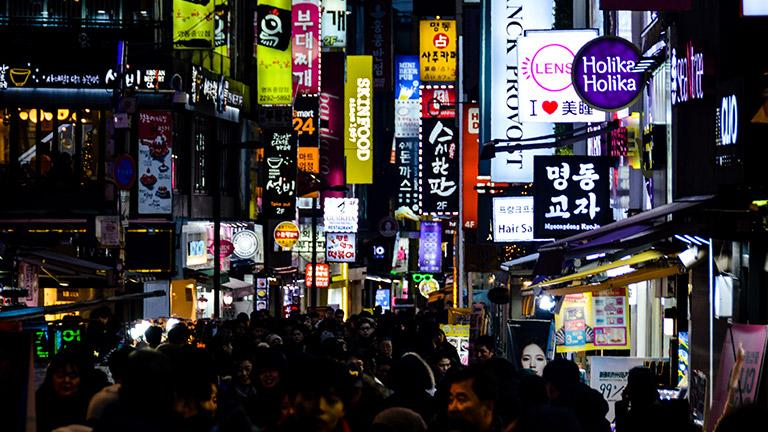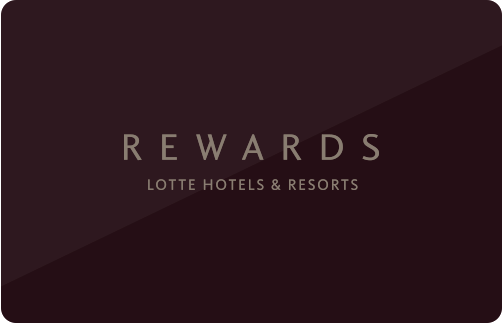Area Attractions
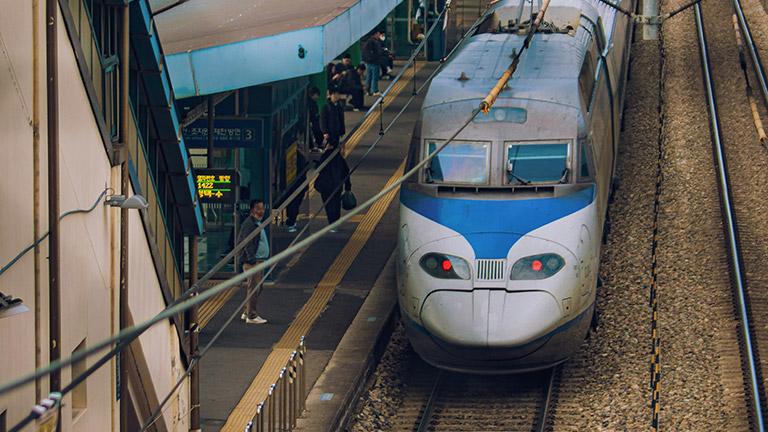
KTX Cheongnyangni station
The station took on its current structure following the completion of the private capital station in 2010.
It is a major transfer station connecting Line 1, the Bundang Line, the Gyeongchun Line and the Gyeongui Central Line, with plans to serve the future GTX line as well.
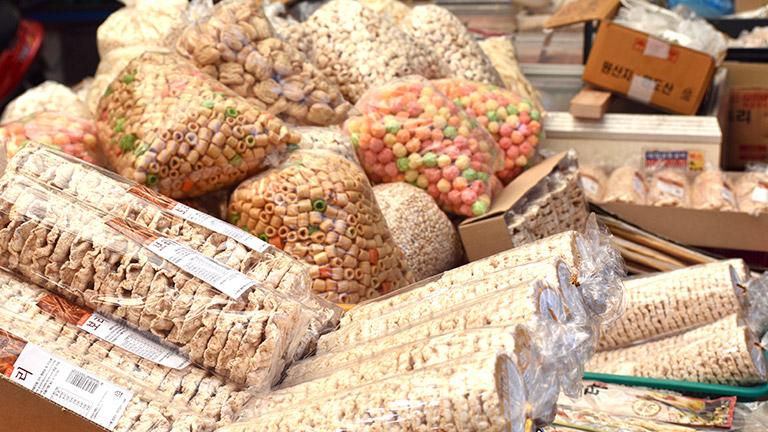
Gyeongdong Market
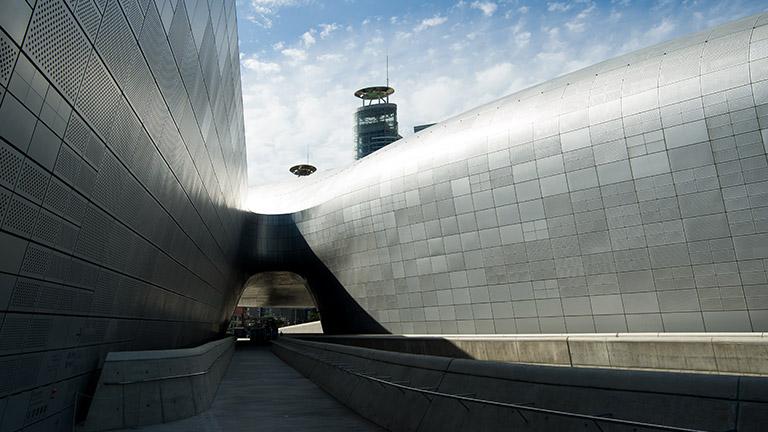
Dongdaemun Design Plaza (DDP)
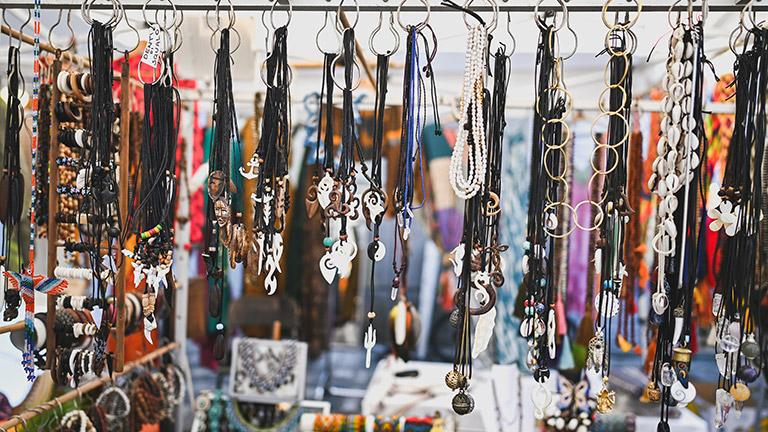
Dongdaemun Market (Peace Market)
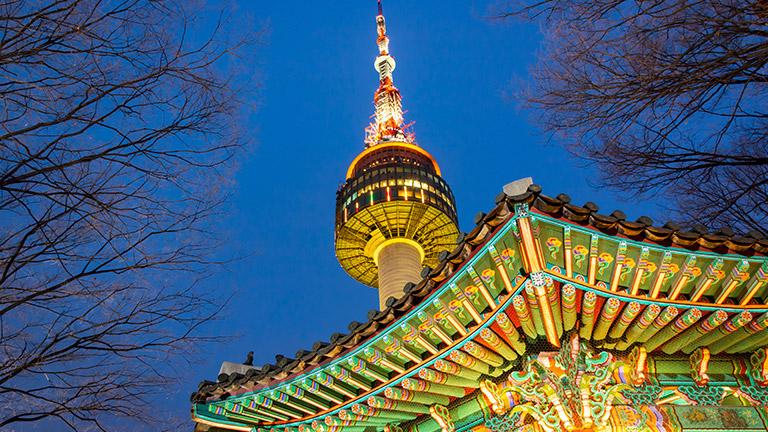
N Seoul Tower
Constructed in 1969 as Korea's first tower for TV and radio broadcasts to the capital, N Seoul Tower has become a renowned cultural landmark, representing the city.
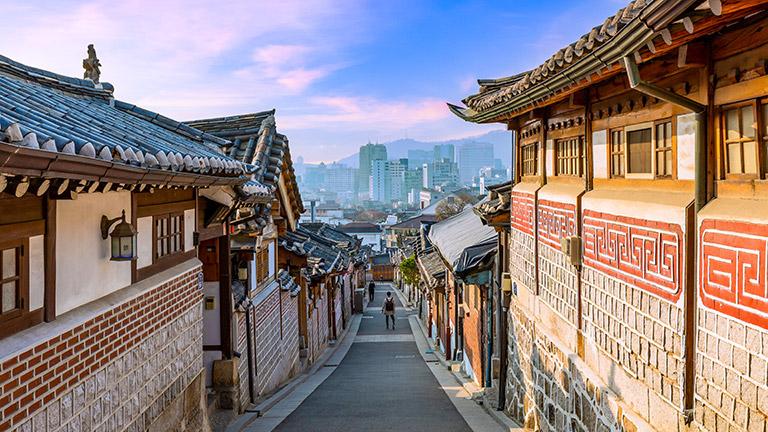
Namsangol Hanok Village
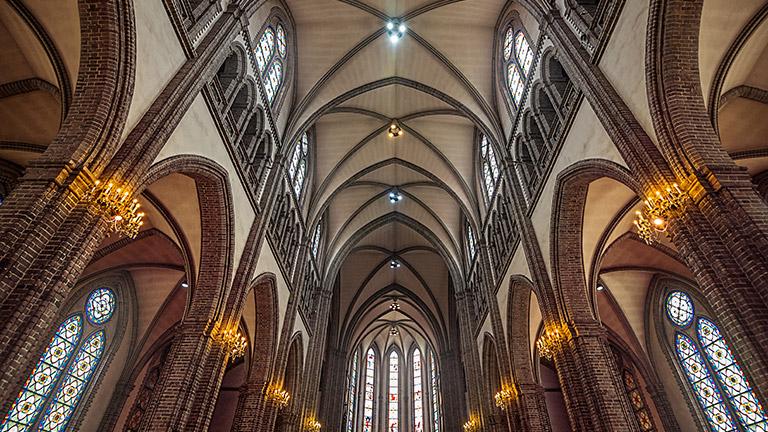
Myeongdong Cathedral
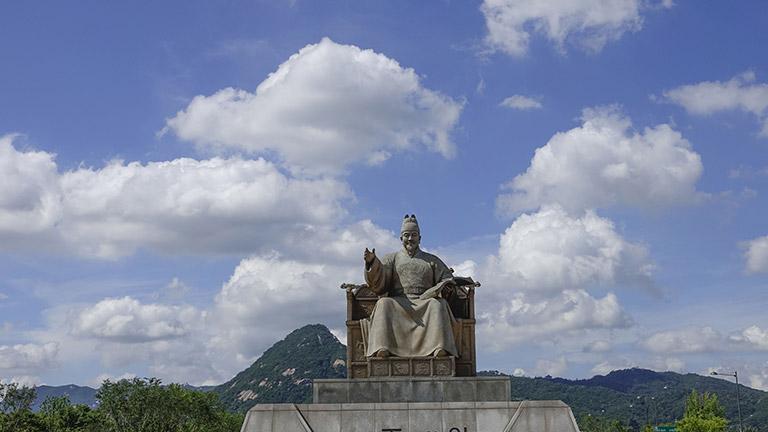
Gwanghwamun Plaza

Gyeongbokgung Palace
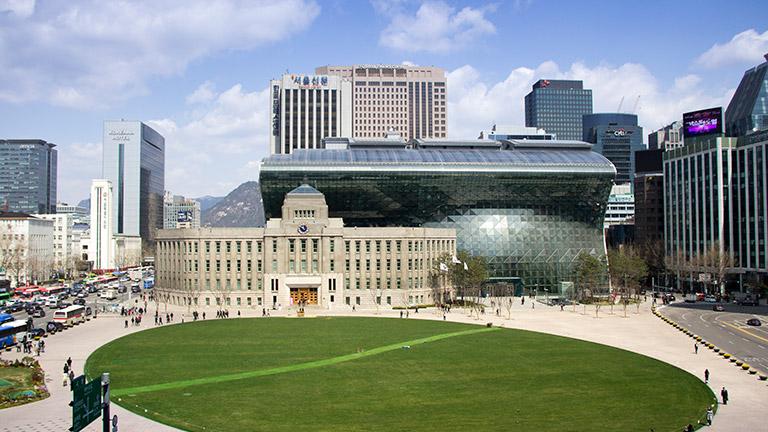
Seoul City Hall
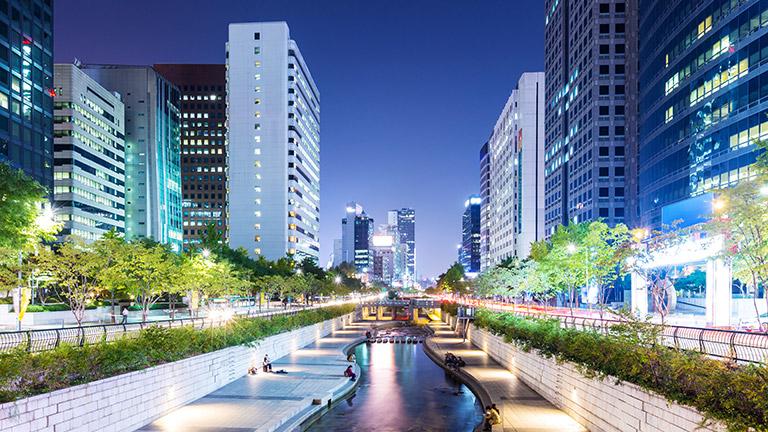
Cheonggyecheon
As soon as you step into Cheonggyecheon, the noise of the city fades and you are surrounded by the soothing sounds of flowing water and rustling trees, leaving you with a peaceful, lasting impression.
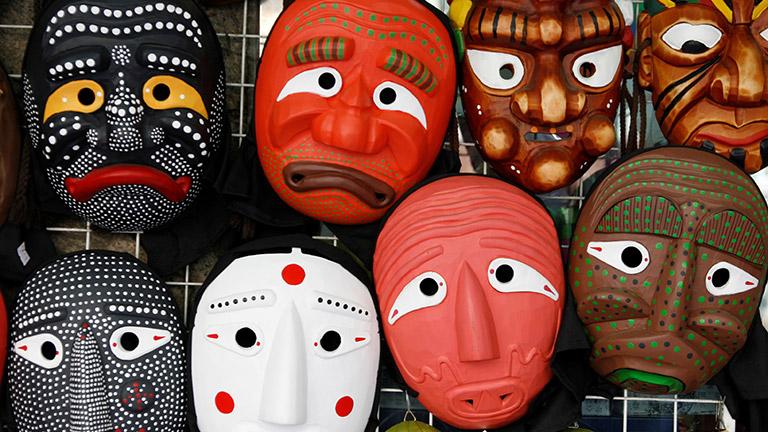
Insadong
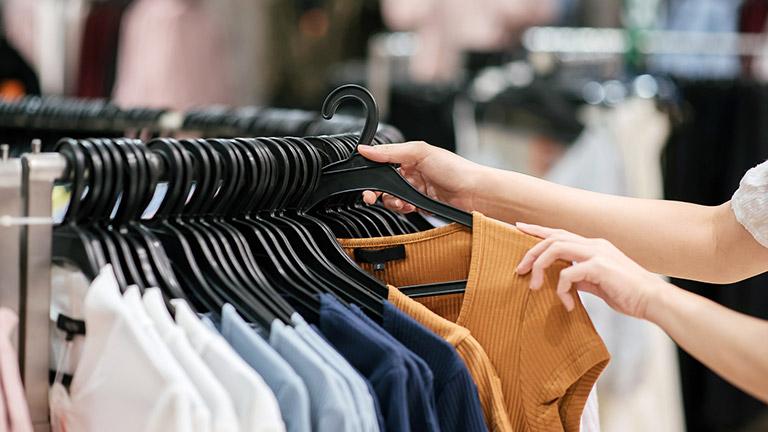
LOTTE Department Store Cheongnyangni Branch

LOTTE Cinema
